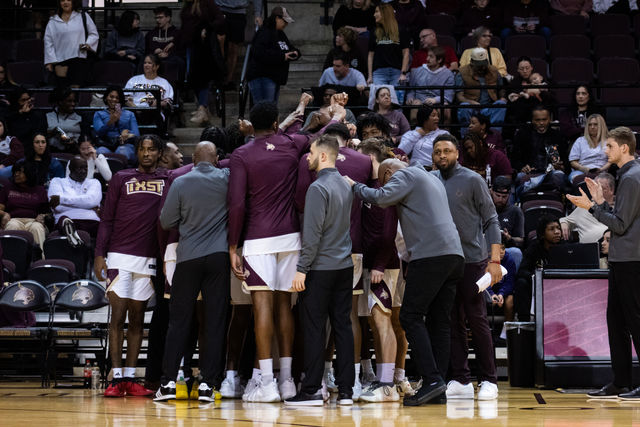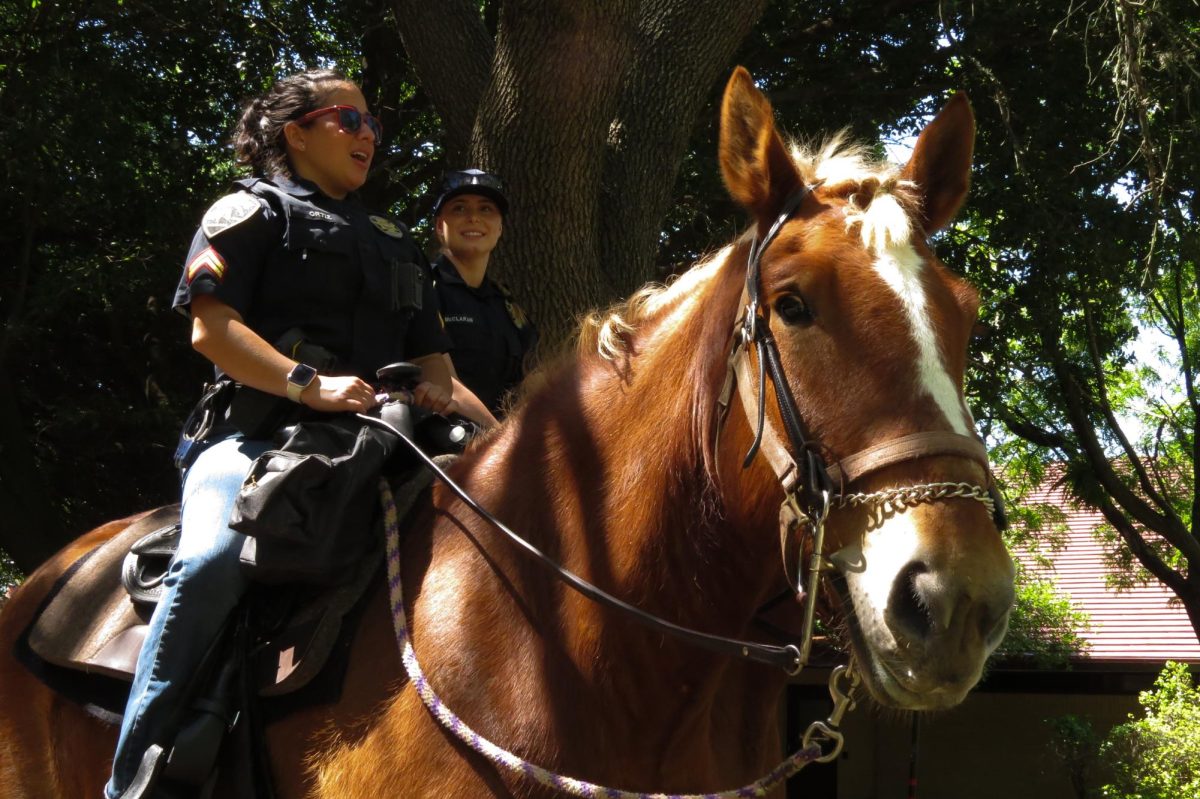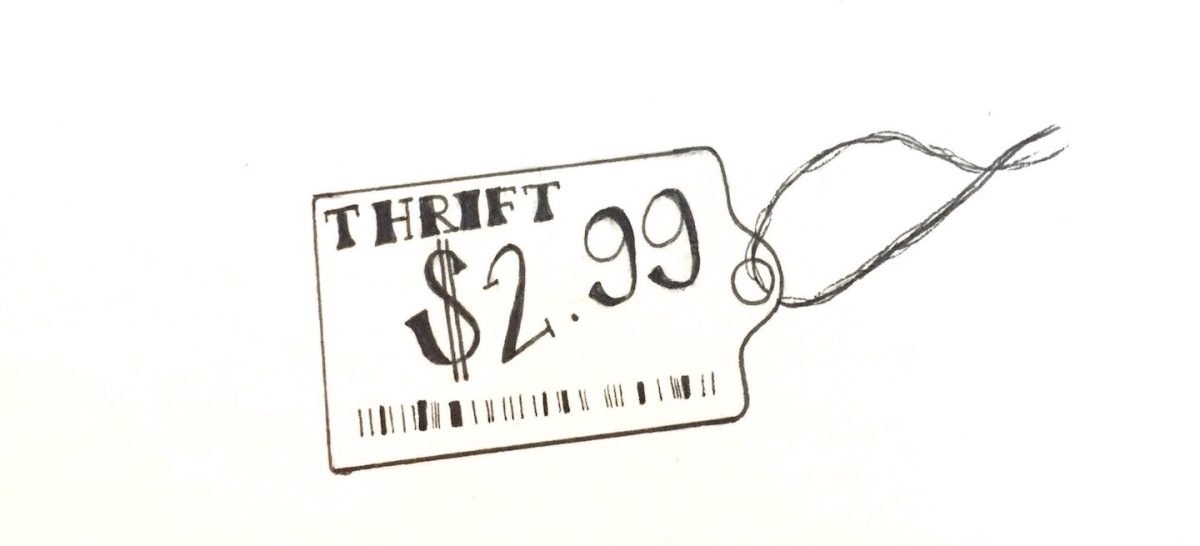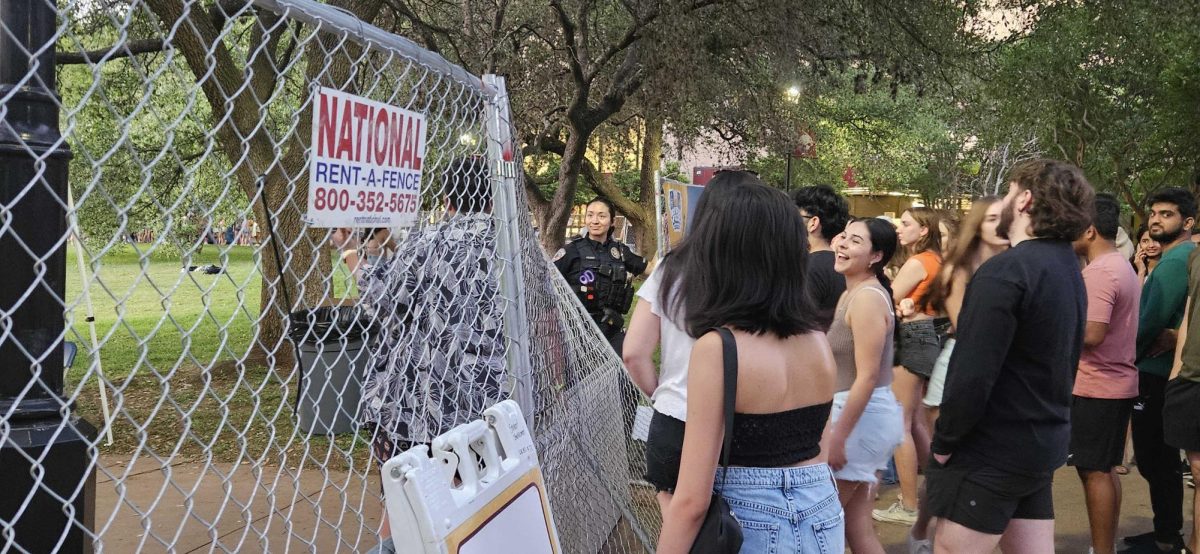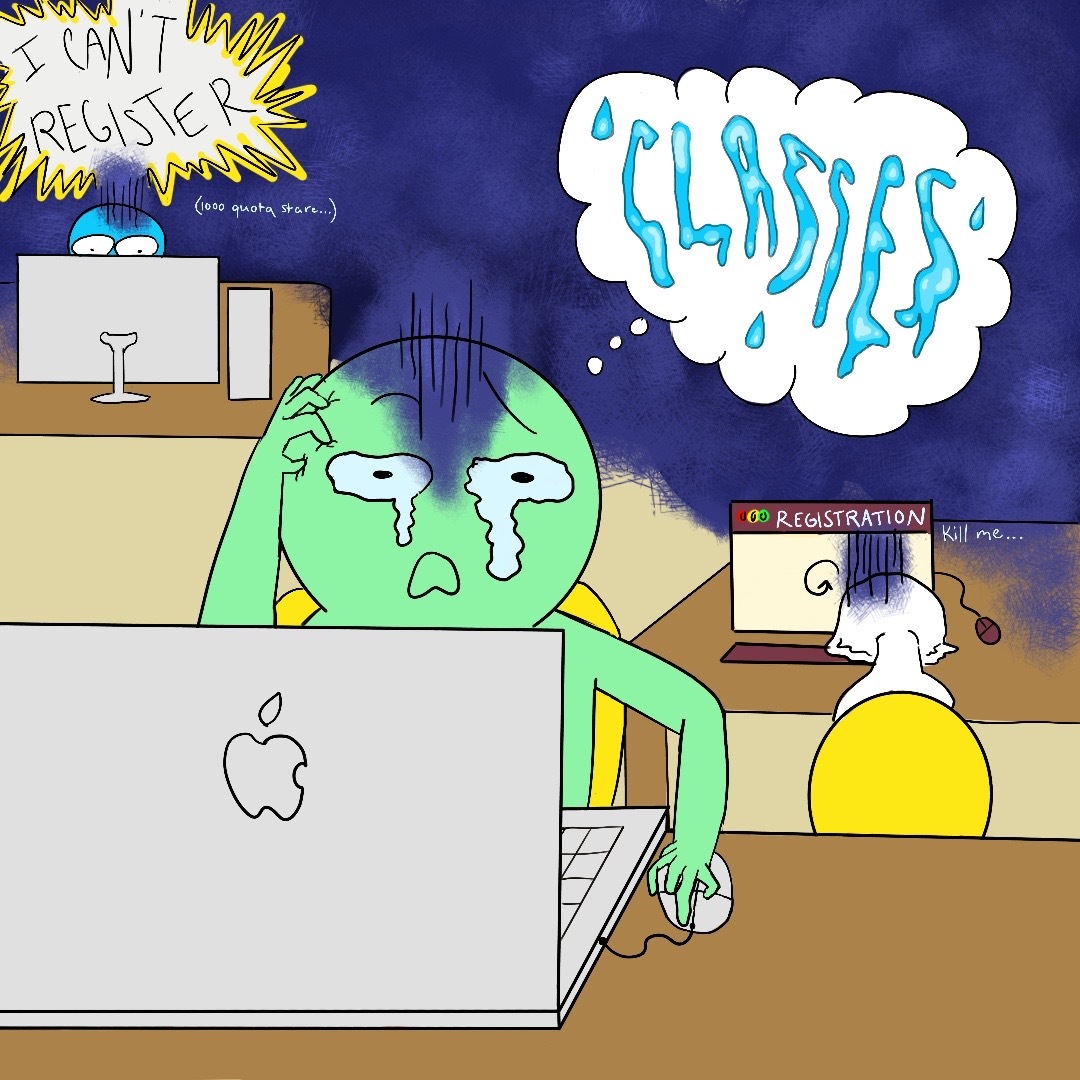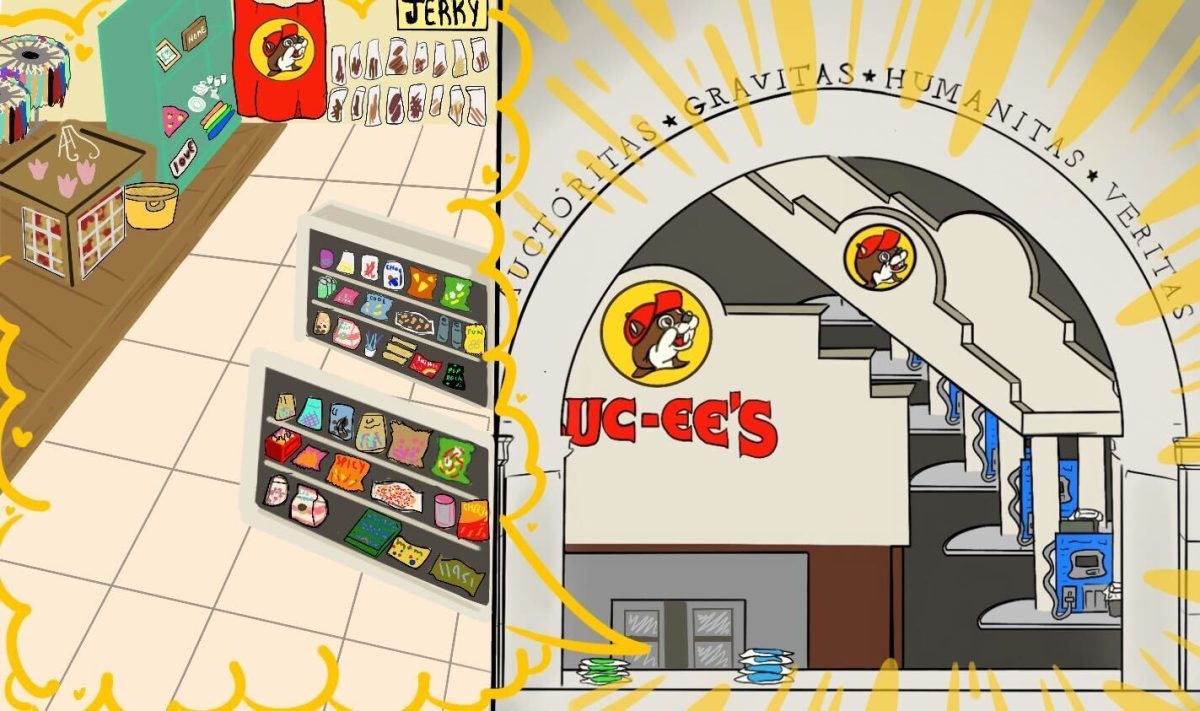As demonstrated throughout history, fashion has been known to repeat itself. Now, it seems like everyone is chasing the “throwback” aesthetic we used to see in shows such as the “Fresh Prince of Bel-Air,” “A Different World” and other iconic sitcoms.
Visual media in this era showcased what are now staple pieces of clothing like the mom jean, bright color blocking and quirky prints. Many of the styles listed are no longer available in large chain stores where young people frequently shop, such as Forever 21 and H&M. Contemporary fashion is now rummaging through your parent’s closets in the hopes they’ve kept their Bongo jeans or Air Jordan 1’s.
Without knowing it, young people’s intention of being trendy is leaving quite a large, green thumbprint on the planet. By choosing to thrift a white T-shirt rather than buying it new, one can save over 400 gallons of water that would’ve been used towards making a brand new one. The hunt for vintage denim contributes to the conservation of 1,800 gallons of water.
Even buying a gently used pair of shoes from someone on the internet for a few dollars cheaper instead of from a large retailer assists in making sure one’s ethical conscience is clear. This way, an individual does not directly hand their money to a corporation that uses sweatshops to make and manufacture their products.
For years, the only credible online resale shop on anyone’s radar was Ebay, but following the surge for up-cycled previously owned apparel and accessories, sites like Depop and Mercari have put a modern twist on thrifting. Now millennials, from the comfort of their own homes, can sift through virtual racks of clothes in search of the perfect pair of jeans or shoes.
Not only is this online shopping convenient, but it cuts down on the emission of fossil fuels that would’ve been used to physically drive to shops like Goodwill or the Salvation Army. It streamlines the thrifting process, which is known to be time consuming. Rather than spending time throwing hanger after hanger to the side, there are search engines tailored to find exactly what one wants and in what size; they are presented with thousands of options in a matter of seconds.
Finally, buying secondhand contributes to the supply and demand cycle, but in a more palatable manner. Large retailers like Urban Outfitters and Unif offer products fitting the throwback aesthetic that many young people are in search of, but at fluctuated prices. Thrifting gives millennials the chance to not only get more for less, but make their own money by recycling the clothes they no longer wear.
As previously mentioned, one can sell clothes online via websites like Depop, or sell in-store at more popular thrifts such as Buffalo Exchange. This thrift store notably encourages recycled clothing. When employees buy customers’ apparel they no longer wear, sellers receives more in-store credit than they would in cash. This influences the seller to shop in-store and receive more for their trade, as opposed to taking the cash to buy brand-new. The cycle comes full circle, all while reducing one’s water and carbon footprint.
Millennials especially lead their lives with a negative connotation hung over their heads. However, the compulsive nature to fit in by following trends and keep up with what is hip has led them to inadvertently take steps towards bettering the planet themselves, as well as generations to come.
– Mena Ashwood is an English sophomore


